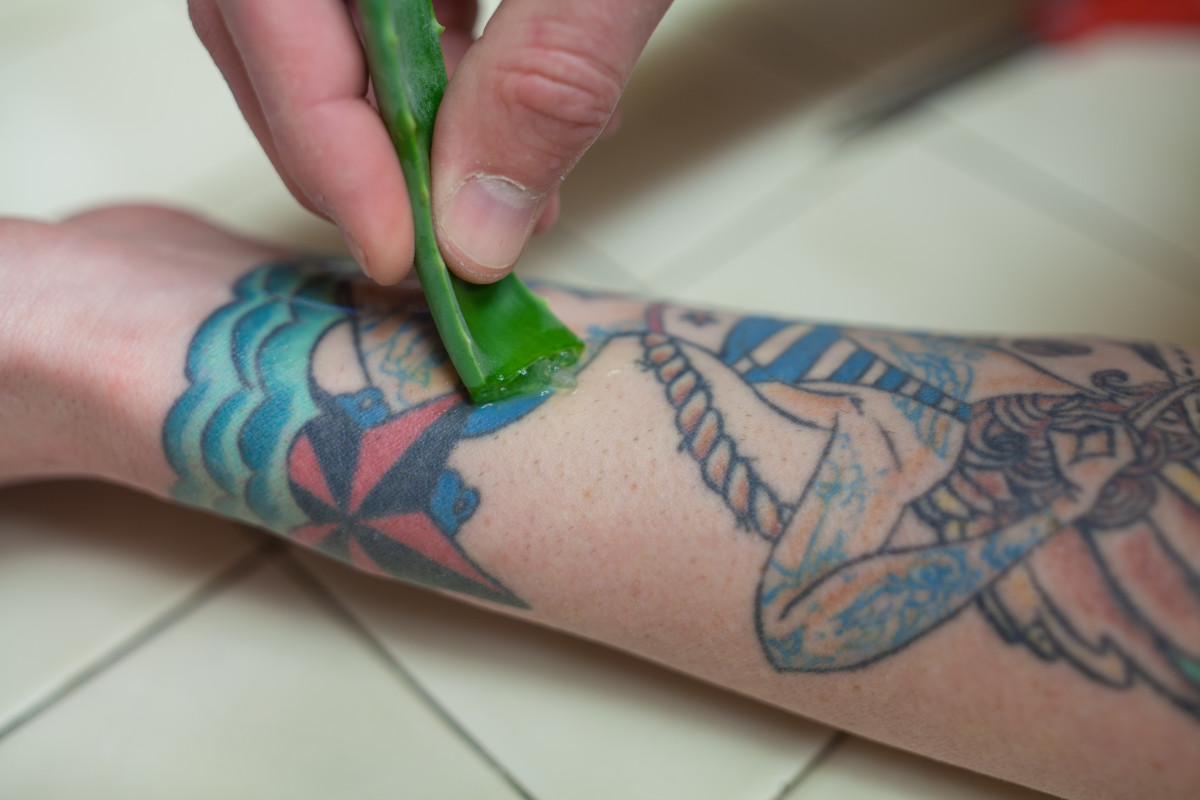How To Avoid Scarring In Tattoos: A Comprehensive Guide
How to Avoid Scarring in Tattoos: A Comprehensive Guide
We are captivated as we dig deeper into the thought-provoking theme surrounding How to Avoid Scarring in Tattoos: A Comprehensive Guide. Let’s dive into valuable insights and offer new perspectives.
Video about How to Avoid Scarring in Tattoos: A Comprehensive Guide
How to Avoid Scarring in Tattoos: A Comprehensive Guide

Tattoos have been an integral part of human culture for centuries, serving as a means of self-expression, artistry, and personal identity. However, with the excitement of getting a tattoo comes the uncertainty of potential scarring. While some scarring is inevitable, there are steps you can take to minimize the risk and ensure a smooth, healthy healing process. In this article, we will delve into the world of tattoo aftercare, exploring the causes of scarring and providing you with expert advice on how to avoid scarring in tattoos.
Understanding the Tattooing Process
Before we dive into the nitty-gritty of scar prevention, it’s essential to understand the tattooing process. A tattoo is essentially a wound inflicted on the skin by a tattoo artist, where ink is inserted into the dermal layer using a needle. The skin responds to this trauma by initiating an inflammatory response, which leads to the healing process.
There are three main stages of tattoo healing: the inflammatory phase (0-3 days), the proliferative phase (3-21 days), and the remodeling phase (21+ days). During these stages, the skin undergoes various cellular changes, and any deviations from the norm can lead to scarring.
Causes of Scarring in Tattoos
Scarring in tattoos can be attributed to several factors, including:
- Poor aftercare: Neglecting to follow proper aftercare instructions can lead to complications, such as infection, irritation, and scarring.
- Tattoo ink quality: Using low-quality tattoo ink can cause adverse reactions, such as allergic responses, leading to scarring.
- Tattoo equipment: Using unsterilized or poorly maintained tattoo equipment can lead to infection and scarring.
- Skin type: Individuals with sensitive skin or pre-existing skin conditions, such as eczema or keloid formation, may be more prone to scarring.
- Sun exposure: Exposing a fresh tattoo to the sun can cause sunburn, leading to scarring.
Pre-Tattoo Preparation
Before you even step into the tattoo artist’s chair, there are steps you can take to minimize the risk of scarring:
- Choose a reputable tattoo artist: Research your tattoo artist thoroughly, ensuring they have experience, follow proper hygiene protocols, and use high-quality equipment and ink.
- Keep your skin healthy: Ensure your skin is in good condition by maintaining a healthy diet, staying hydrated, and avoiding smoking and excessive sun exposure.
- Follow pre-tattoo instructions: Your tattoo artist may recommend specific pre-tattoo instructions, such as avoiding blood-thinning medications or arriving well-rested and hydrated.
Post-Tattoo Aftercare
Proper aftercare is crucial in minimizing the risk of scarring. Follow these steps to ensure a smooth healing process:
- Keep the tattoo clean: Wash the tattoo with soap and lukewarm water 2-3 times a day, ensuring to clean your hands before touching the tattoo.
- Apply a fragrance-free lotion: Gently apply a fragrance-free lotion to the tattoo 2-3 times a day, keeping the tattoo moisturized and protected.
- Avoid direct sun exposure: Keep the tattoo out of direct sunlight for at least 2 weeks, using a broad-spectrum sunscreen (SPF 30+) and clothing to cover the tattoo.
- Avoid soaking: Avoid submerging the tattoo in water, such as taking a bath, swimming, or using a hot tub.
- Avoid scratching or picking: Resist the temptation to scratch or pick at the tattoo, as this can lead to further irritation and scarring.
Closure
We hope this article has illuminated key insights about How to Avoid Scarring in Tattoos: A Comprehensive Guide. We hope this article has been useful and beneficial to you. See you next time!.
